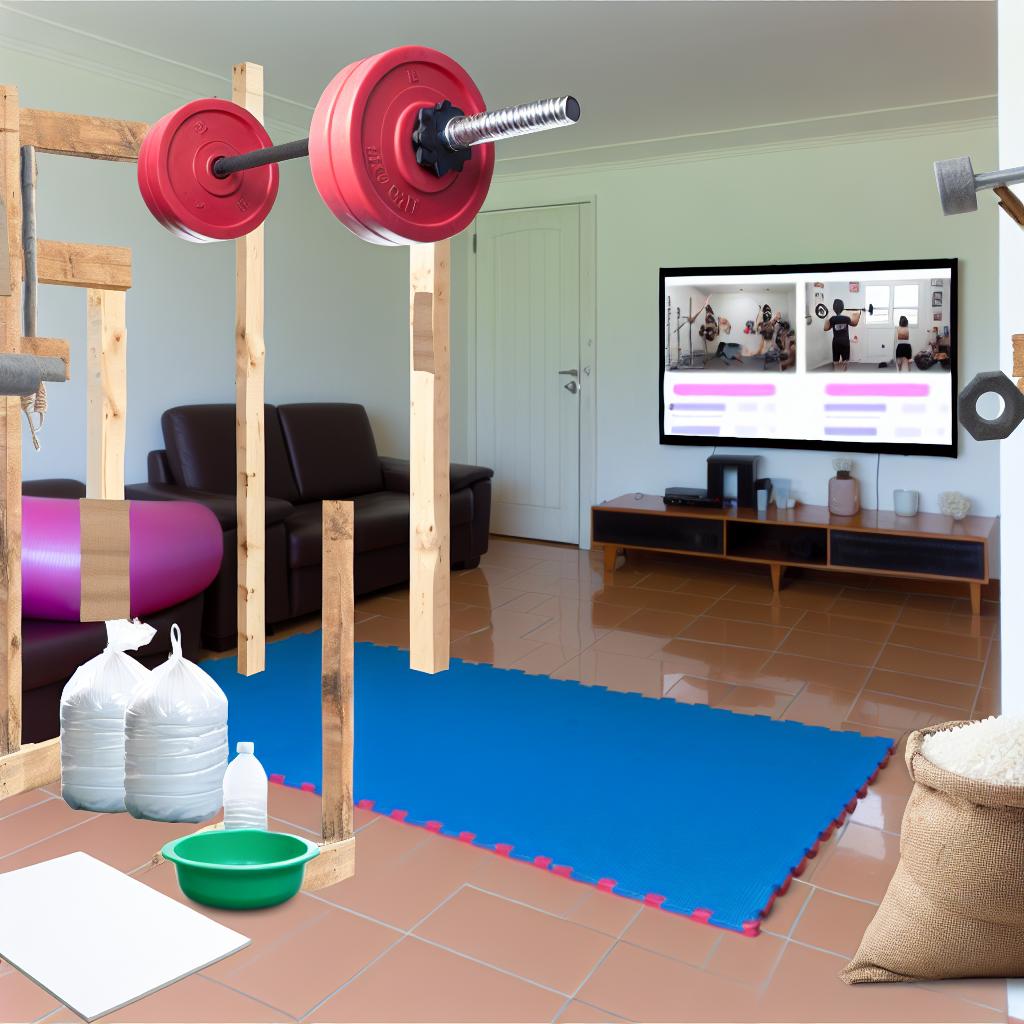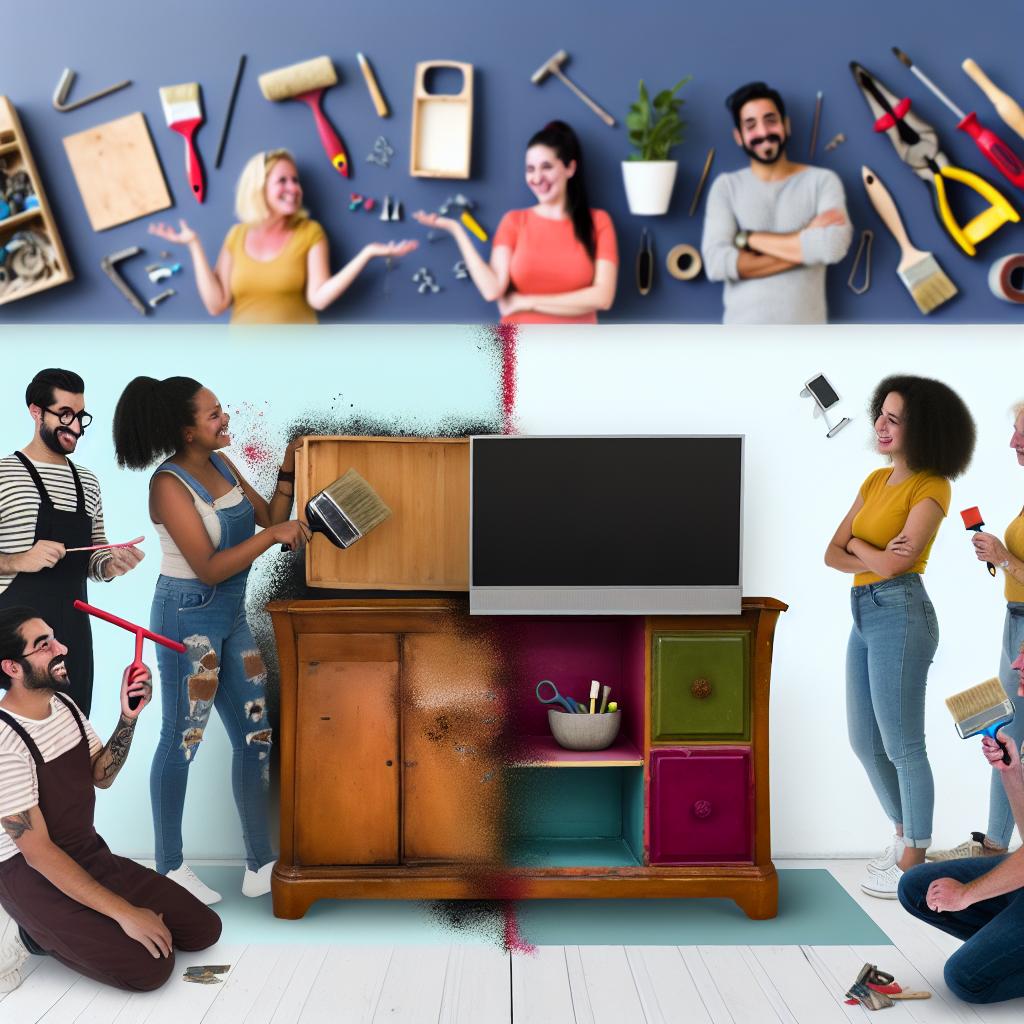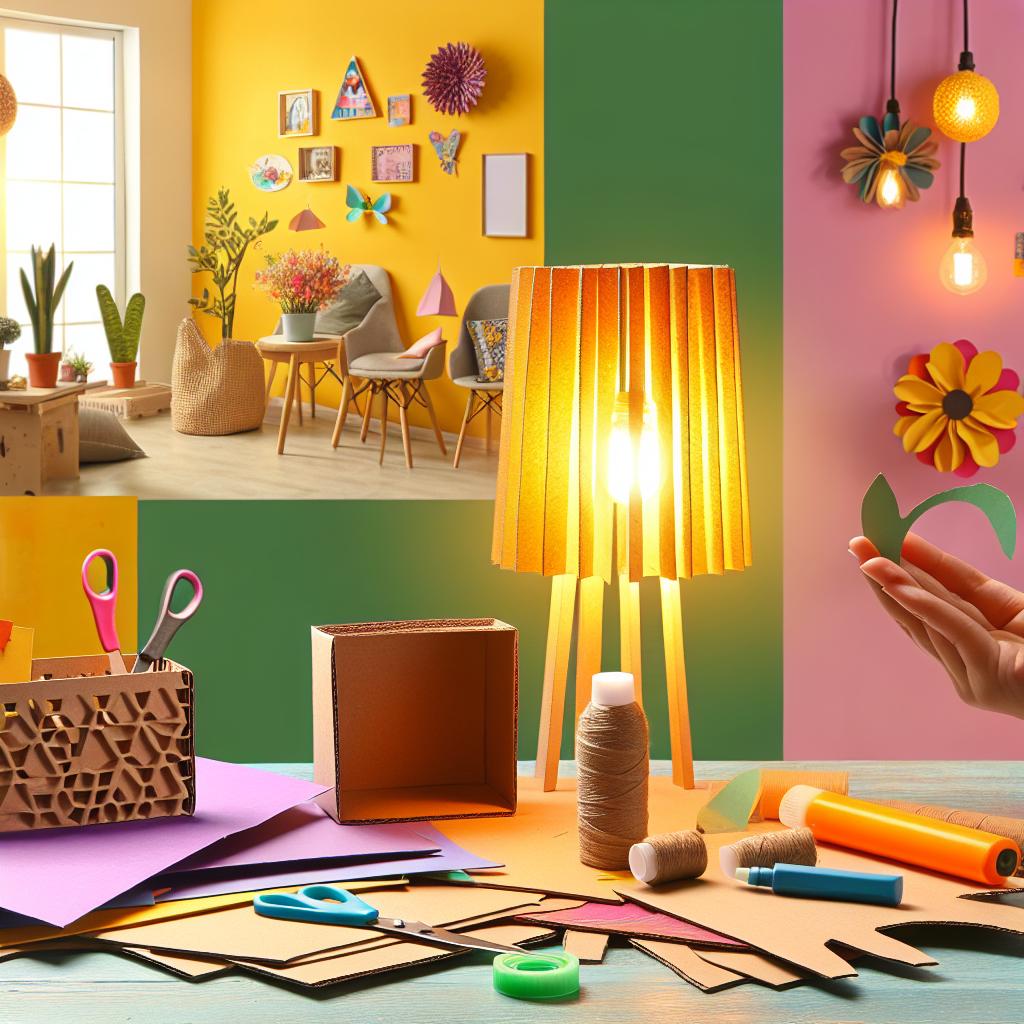How to Make Homemade Pine Sol
Introduction As more people shift towards eco-friendly lifestyles, the demand for natural DIY cleaning solutions has seen a significant rise. Enter homemade Pine Sol, an economical and environmental way to keep your home sparkling clean. This DIY project not only gives you control over what ingredients are used but also provides an opportunity to create a safer environment for your family. Unlike commercial cleaning products, homemade Pine Sol contains no harsh chemicals, making it an ideal choice for eco-conscious individuals. In this detailed guide, we will explore how to make homemade Pine Sol, highlighting its uses, benefits, and the best ways to store it for long-lasting effectiveness. Ingredients Before diving into the process of making homemade Pine Sol, it’s essential to gather all the necessary ingredients. These components are easily accessible and contribute to the solution’s cleaning prowess without compromising on quality. Water: Acts as the primary solvent. Pine essential oil: Provides the characteristic scent while boasting antibacterial properties. Liquid Castile soap: A natural soap that adds grease-cutting power. White vinegar: A natural disinfectant that helps cut through grime. Lemon essential oil (optional): Enhances the fresh scent and offers additional antibacterial qualities. For accurate measurement, keep a measuring cup and tablespoons on hand. You may also require a spray bottle for convenient application. Step-by-Step Instructions Now that you have your ingredients ready, let’s start creating your homemade Pine Sol. Follow these steps for a successful DIY cleaning solution. Prepare the Base: In a clean pitcher, mix two cups of water with half a cup of white vinegar. Stir gently to ensure they blend well, forming the base of your homemade cleanser. Add Liquid Castile Soap: Measure one tablespoon of liquid Castile soap and add it to the water-vinegar mixture. Stir the mixture until the soap is fully dissolved. Incorporate Essential Oils: Add 20 drops of pine essential oil followed by ten drops of lemon essential oil if used. The essential oils contribute their antibacterial properties and create the recognizable pine scent. Final Mix: Ensure all elements are well combined. Pour the solution into a spray bottle for easy application, or store it in an airtight container if you plan to use it later. Shake Before Use: Before using your homemade Pine Sol, give the bottle a good shake. This re-emulsifies the oils and ensures an even distribution of ingredients. Uses and Benefits Homemade Pine Sol is incredibly versatile and boasts numerous benefits. Here are some of the ways you can use this solution in your home: Surface Cleaning: Excellent for cleaning countertops, cabinets, and other surfaces without damaging them. Floor Cleaning: Compatible with most hard floor surfaces, delivering a natural shine. Bathroom Cleaning: Use it to clean sinks, bathtubs, and toilets for a fresh-smelling bathroom. Window Cleaner: Works effectively to give windows a streak-free shine. Besides its versatility, homemade Pine Sol offers several advantages over its commercial counterpart: Environmentally Friendly: Uses biodegradable components compared to chemical-based store products. Cost-Effective: Uses affordable ingredients easily sourced from local grocery stores. Customizable Scent: Control the intensity and aroma of your cleaner with different essential oils. For other environmentally friendly projects, check out our guide on natural homemade beetle spray for your garden. Storage Tips Proper storage of your homemade Pine Sol is crucial to maintaining its effectiveness and ensuring a long shelf life. Follow these tips for optimal storage: Store in a Cool Dark Place: Keep your cleaning solution in a pantry or cabinet away from direct sunlight. Light and heat can degrade the essential oils, diminishing the cleaner’s effectiveness. Use Airtight Containers: An airtight glass container or spray bottle will preserve the freshness of the essential oils and prevent evaporation. Label and Date: Clearly label your container with the ingredients and date of creation. This helps track its potency over time, as homemade solutions typically last up to six months when stored properly. Keeping your DIY project organized extends to other household tasks. Explore our tips on creating organized spaces through projects like upcycling old entertainment centers. Conclusion Creating your own homemade Pine Sol is not only a fulfilling DIY project but also a step towards a healthier lifestyle. By using natural ingredients, you’re making a conscious choice to avoid harmful chemicals while ensuring that your home stays clean and fresh. This commitment to eco-friendly practices extends beyond cleaning. Engage in more DIY home improvement projects on a budget by visiting our comprehensive guide on DIY home improvement ideas. By integrating these simple yet effective DIY solutions into your daily routines, you contribute to a more sustainable environment without compromising on cleanliness.









